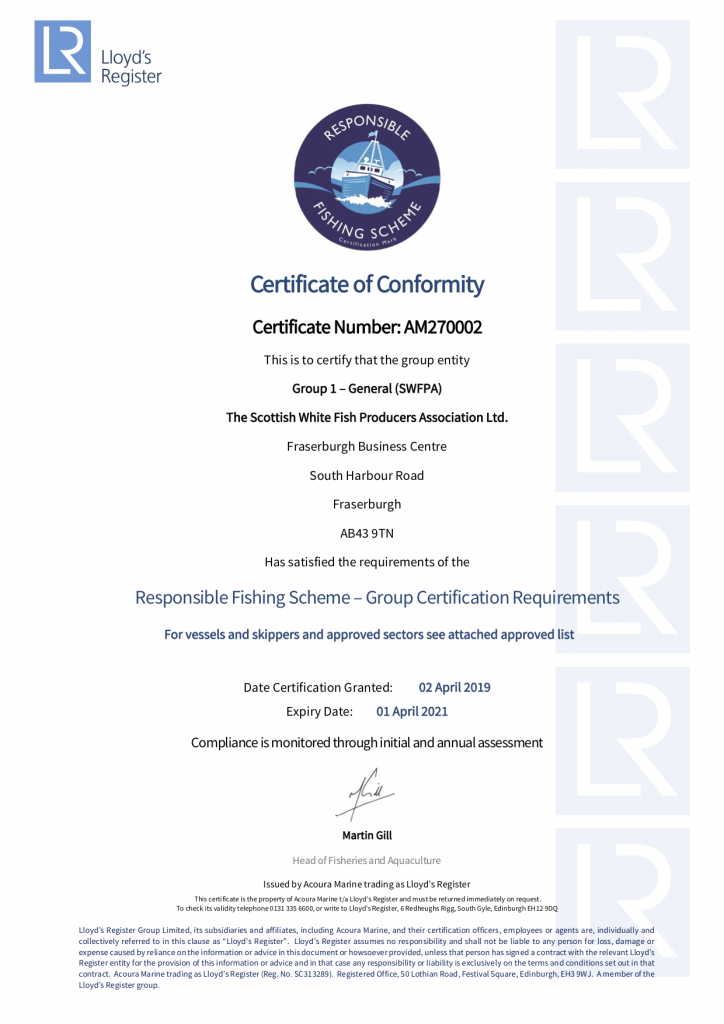RFS Group Certified
With great pleasure we announce that SWFPA is now certified as a group in the Responsible Fishing Scheme. The current approved members can be found on the RFS section on our website . The group is the first to gain certification of its sort.


